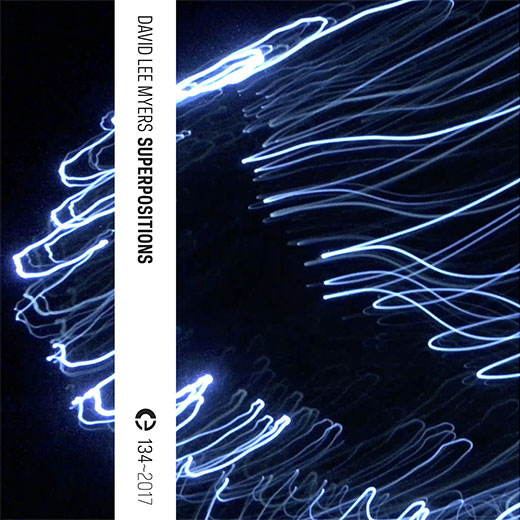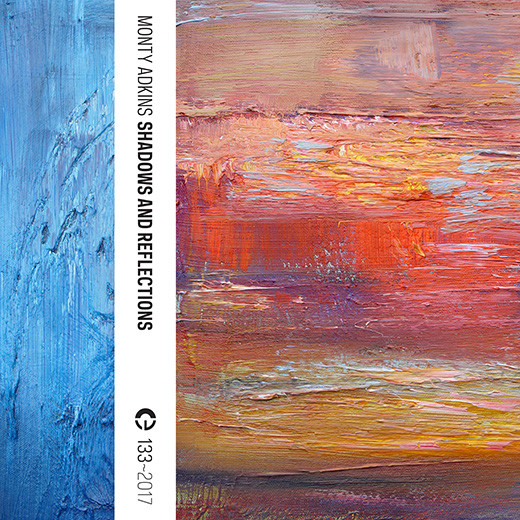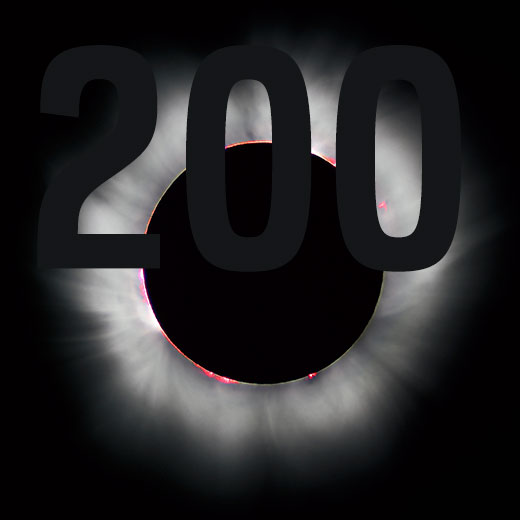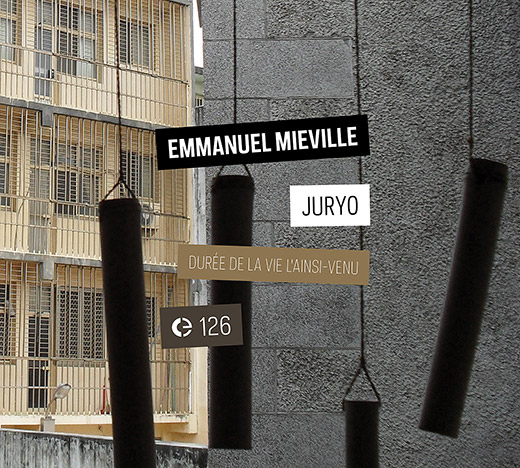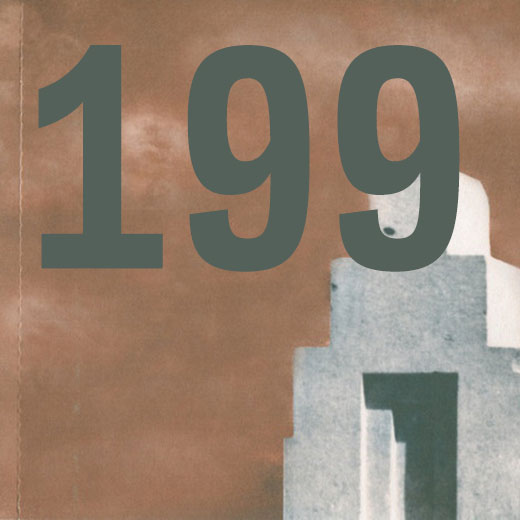
Hikikomori é uma palavra japonesa para designar adolescentes ou adultos que se abstêm de ter “vida social”, optando pelo isolamento e pela clausura. Para muitos, são gente que não cresceu e que nunca foi capaz de superar quaisquer problemas mentais que os afectem. Para outros, são monges dedicados que optam, do alto da sua liberdade, por fugir ao rodopio do dia-a-dia. Os hikikomori não saem de casa durante meses ou anos, não têm amigos, não têm empregos, e provavelmente não têm futuro – quando a sua única fonte de sustento, os pais, morrerem, irão com eles.
Recorrendo a um computador, a vários plug-ins e a velhos videojogos, bem como a outros tantos sons sintetizados, o galego Durán Vázquez procura, em Hiku Komuro, Hikikomori, não uma explicação para este fenómeno, mas a sua tradução em som. É por aà que pelo menos três dos temas aqui presentes têm como tÃtulo “Solus Ipse”, ou solipsismo – a ideia de que para além do eu existem as experiências do eu, o isolamento e o egoÃsmo levado a campos extremos.
De uma primeira faixa suave, quase reconfortante e pairando pelo espaço em posição fetal, passamos para um momento mais assustador; imagens de portas e janelas fechando-se sobre si mesmas, restando ao mundo nada mais que as quatro paredes e o tecto de um quarto onde o hikikomori se deitou para fugir e, consequentemente morrer. Hiku Komuro, Hikikomori é um álbum fechado sobre si mesmo, difÃcil de entender para a generalidade das pessoas. E será por isso, também, que é um retrato fiel da população a quem deu uma banda-sonora, pelo menos até à introdução de “Segunda Natureza”, peça de 26 minutos que soa algo deslocada da primeira metade do disco – ou, até, à sua mais completa antÃtese, como se o hikikomori se abrisse e ao seu quarto em busca do “outro”. Paulo CecÃlio
via Bodyspace

